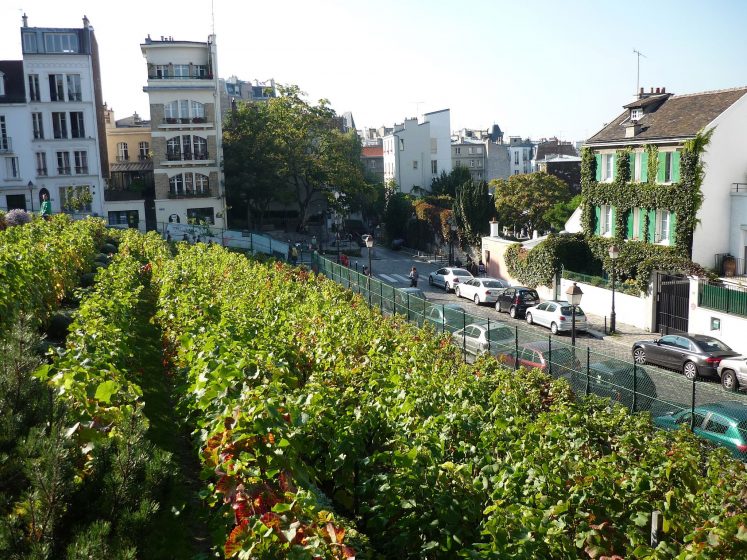The Best Guide To City Blooming
Table of ContentsWhat Does City Blooming Mean?Our City Blooming StatementsA Biased View of City BloomingNot known Facts About City BloomingThe smart Trick of City Blooming That Nobody is Discussing

As a matter of fact, as you walk the streets of the Bronx, Southside Chicago or East Oakland, you may see have actually even seen big stories of ripening vegetables and fruits being harvested. What precisely are metropolitan farms and community gardens? Are they different? If so, exactly how? And extra notably, just how can you sustain them? Urban farming, city farming, or urban horticulture is the technique of growing, handling and distributing food in or around metropolitan areas.
Generally, city farming as a technique is a bigger investment than gardening. There are countless extra hours spent right into the trivial matters of farming, from the plant plan to the tending of your beds. This time commitment tackles an entire brand-new significance once you realize the objective that is being worked in the direction of and devoted, particularly that of obtaining a plentiful return of crops to be consumed.
A neighborhood yard is a single parcel gardened collectively by a team of people. Community yards make use of either private or common stories on private or public land while generating fruit, veggies, and/or plants expanded for their appealing appearance. The standard design here is that a big team of people each contribute a reasonably little quantity of time to working their own story, and obtain the fruits of their labor because of this.
The 10-Second Trick For City Blooming

, and neighborhood organizations by aiding them develop and grow their very own gardens. The differences in between neighborhood yard and city ranch are nuanced, though in the end the same standard activity takes placefood crop farming but within different business frameworks - City gardening.
Urban farms are usually more company and technology oriented, with the primary purpose of optimizing returns and offering fruit and vegetables. Industrial metropolitan ranches are typically focused on increasing manufacturing on usually little acreage with technologies in innovations such as aquaculture, hydroponics, and greenhouses and may companion with a business kitchen to produce locally-produced value-added products such as jams and sauces.
City Blooming Things To Know Before You Get This
The produce is typically expanded on a much smaller range and is taken home to eat at home or to share. By providing much required eco-friendly rooms in penniless, concrete city areas, they permit the advantages of backyard horticulture to those lacking yards, and function as exceptional instances of self-organization and community advocacy.
Some area gardens, frequently in city locations, move into growing for business use while some city farms open up their land for more socially aware benefits. No matter of just how you define and set apart the two, they are find out both positive pressures for great in cities around America and the world.
As every one of Little Axe Peppers' warm sauces are sourced with peppers from area yards, your purchases straight aid fund these regional jobs (https://www.twitch.tv/cityblooming/about). So, participate in the change by.
A friend of mine lately commented in a discussion about horticulture that "It's interesting, I've constantly believed that farming as a practice is somewhat like horticulture. There are similar elements to both do not you believe?" To the layperson that comment from my close friend would certainly have gone without much idea, it sounds reasonable so why not take it? As I spent even more and more time in my Urban Farming class I have actually come to realize that to claim that gardening is a mini expansion of farming would be a little bit of stretch.
What Does City Blooming Do?
They both rotate around the treatment of plants for some goal that can be food, revenue or simply the enjoyment of the craft. Additionally they both call for a monetary investment on top of a time investment, something that a great deal of individuals in our quick paced life do not have a great deal of - home and garden.
We can see that the similarities are abundant, yet are the differences sufficient to develop a difference? As a student at NYU I have the opportunity to function with the leave It Better Foundation, a team that teaches standard nourishment and horticulture to high school students. http://peterjackson.mee.nu/do_you_ever_have_a_dream#c2110. This experience offered me an in-depth foray into the world of amateur horticulture beyond what lots of people have actually been in call with
Farming as a method is a bigger financial investment than gardening. There are countless much more hours invested into the trivial matters of farming, from the plant strategy to the having a tendency of your beds.
The average gardener goes regarding his tasks as a duty instead of a need and therefore identifies his or herself from the farmer. Nevertheless with this distinction in hand, they are both soothing and peaceful workouts that anybody can grab, which by itself must be an advertisement for both.
Getting The City Blooming To Work
Something went incorrect - sustainability. Wait a minute and attempt again Try once again